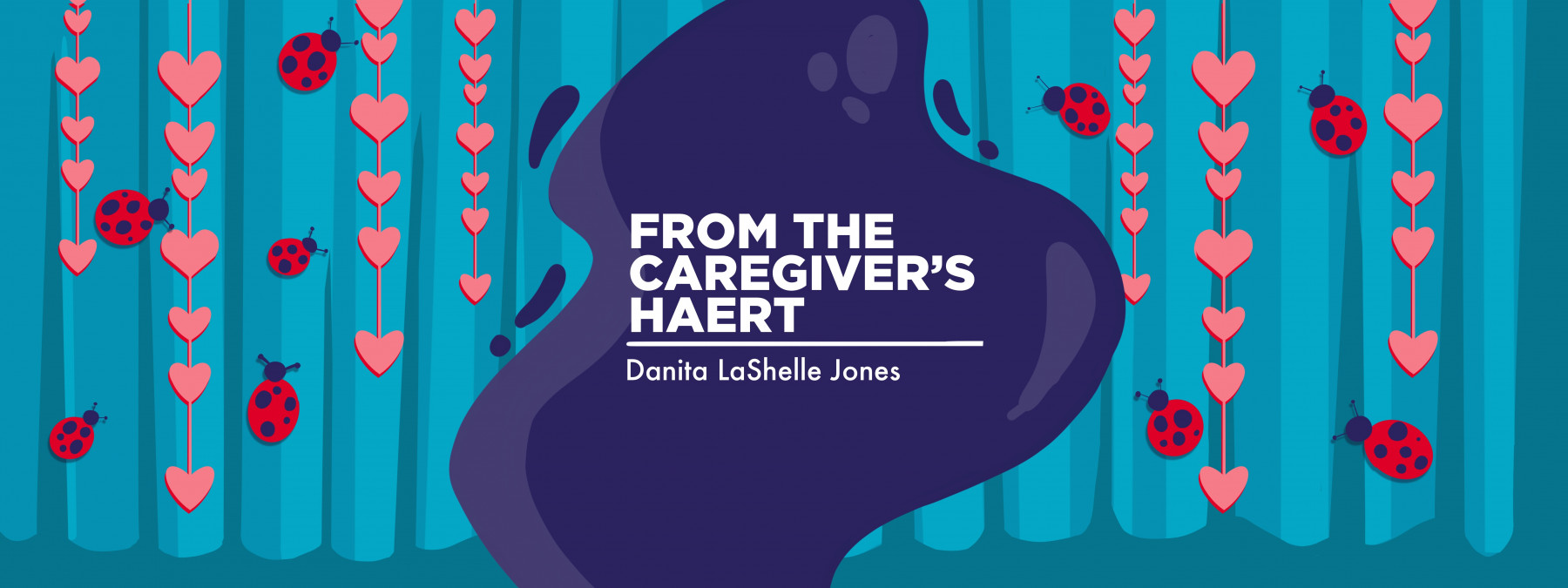On kites that fly with no wind, and other tales of not giving up
Defying the many 'nos' en route to a hereditary angioedema diagnosis
Written by |

“What are you doing?” I heard my mother yell through the screen of the kitchen window.
Busted! At 8 years old, I was attempting the greatest heist of my life. But unfortunately, I wasn’t five minutes in before I got caught red-handed.
“Is that the kite I told you not to get out of the garage?” she asked. I didn’t reply because I held what she’d explicitly stated not to touch.
In the summer of 1989, I bombarded my parents with requests to fly my kite in the backyard, only to be met with gentle but persistent “nos.” As a parent now, I understand why. The July heat had been unforgiving that year, partly because there was no consistent breeze during the day. And no wind meant no kite flying.
However, I didn’t let something like the silly rules of aerodynamics stop what I decided I needed to do. I could fly my kite if I just tried hard enough.
Whether divine intervention or pure exhaustion kept my mother from chastising me further, she closed the window and went about her business. And there I was, in a windless backyard, with my princess kite and pure determination.
According to my mother, after about an hour of not hearing a peep from me, she faintly heard me yelling her name. She admitted to me years later that her rush to see what I wanted was based solely on the idea that I may have hurt myself or caught the kite string on the roof or a bush.
But when she came to the window, to her surprise, she found me standing proudly in the center of the yard, gently guiding the string of my kite, which was so high in the air that it looked like a dot.
“Don’t ever let anybody tell you you can’t do something,” she told me when she came outside. And from then on, the “Kite-Flying Story” became legendary in our house.
Before our daughter, whom we lovingly call Ladybug, was officially diagnosed with hereditary angioedema in 2021, every specialist or emergency room visit was met with a kind of “no.”
On our journey toward answers, we heard, “No, there’s nothing more you can do,” and, “No, this may be something that’s in her head,” and even, “No, this must be what she’s eating.” By the middle of 2019, nobody seemed to know anything, and the only thing I was sure of was that something was terribly wrong.
The hardest thing about getting answers to your child’s rare medical symptoms is pushing past all the “nos.” But even when you do, that’s when the hard work begins.
The truth about the kite story is that when my mom didn’t hear a peep out of me during that hour, I was running around in circles on the acre of land where our house sat. As young as I was, I knew I would eventually find the wind, even if I had to create it myself.
And 31 years later, I would rely on that same determination. I knew facial swells unrelated to diet weren’t normal, debilitating stomach pain was more than constipation, and tingling hands or random hives were more than just unexpected childhood occurrences. Something was going on with Ladybug, and even if we had to run around the city thousands of times, we’d get what we needed: some answers.
The kite story is legendary because it’s about an 8-year-old whose disobedient ignoring of her parents’ “nos” and unrelenting determination led her to achieve what everyone thought was impossible.
As a caregiver of a person with a rare disease, sometimes finding the diagnosis or medication needed for your loved one to live a better life lies in a little bit of defiance, a lot of perseverance, and the knowledge that there is help out there if you need it — even if you have to keep running.
Note: Angioedema News is strictly a news and information website about the disease. It does not provide medical advice, diagnosis, or treatment. This content is not intended to be a substitute for professional medical advice, diagnosis, or treatment. Always seek the advice of your physician or other qualified health provider with any questions you may have regarding a medical condition. Never disregard professional medical advice or delay in seeking it because of something you have read on this website. The opinions expressed in this column are not those of Angioedema News or its parent company, Bionews, and are intended to spark discussion about issues pertaining to angioedema.







Leave a comment
Fill in the required fields to post. Your email address will not be published.